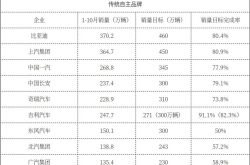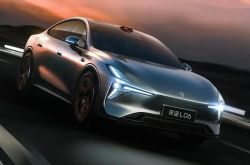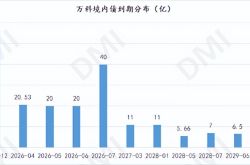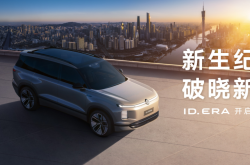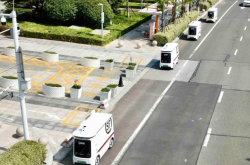Challenges for the U.S. Stock Market's "Three Brothers" of Off-Road Vehicles: How Should Brands Pursue Long-Term Value?
![]() 11/21 2025
11/21 2025
![]() 332
332
Lately, the "three brothers" of off-road vehicles in the U.S. stock market—Polaris Industries (PII), Honda Motor Co. (HMC), and Kandi Technologies (KNDI)—have been experiencing a collective period of stock price volatility.
Based on the closing price on November 19, Kandi Technologies' stock price was at $1.0, having plummeted by over 60% from its year-to-date peak, with a 5.6% decrease over five trading days. Honda's stock price dipped by 12.3% in the third quarter, leading to a market value loss of roughly $18 billion. Although Polaris Industries hasn't released complete Q3 stock price data, insider sources from Wall Street analysts indicate that its stock price has been on a downward trajectory since July, with a nearly 15% decline in that period. The total market value loss for the three companies exceeds $22 billion, prompting widespread scrutiny of the off-road vehicle sector by capital markets.

Despite the stock price pressures, the core business performance of these three companies isn't without its strengths.
Kandi Technologies, through its battery swap partnership with CATL, secured its first order for a heavy-duty truck battery swap station in August, officially entering the lucrative billion-dollar battery swap market. In the first half of the year, its off-road vehicle business revenue made up over 90% of its total revenue. Honda's 2025 Trail125 off-road scooter has been well-received in the North American market, with stable orders at a starting price of $4,099. As a significant branch of the group, its off-road vehicle business contributes about 18% of its revenue. Polaris Industries, a global leader in off-road vehicles, maintains a North American market share of around 35%, with its high-performance ATV/UTV products remaining the top choice for outdoor enthusiasts.
Analysts point out that short-term factors, such as the impact of U.S. tariff policies and industry inventory adjustments, are key reasons for the divergence between stock prices and performance. As these temporary issues fade, sector valuations are expected to return to more reasonable levels.
Capital markets have responded sharply. In an October report, BofA Securities downgraded Honda to "Underperform," stating that "the negative impact of U.S. tariffs on the off-road vehicle business will continue to intensify, making it difficult for fundamentals to justify current valuations." Citigroup gave Polaris Industries a "Neutral" rating, cautioning investors that its progress in electrification transformation is below expectations and that its traditional fuel vehicle business faces growth bottlenecks. Institutions generally believe that the off-road vehicle industry is undergoing a transition from being "pandemic dividend-driven" to experiencing a "rational return to value," with valuation logic undergoing a complete overhaul.
Looking back at the period from 2023 to the first half of 2024, this sector saw a "remarkable" surge: Kandi Technologies' stock price soared by 300% due to the battery swap concept, Polaris Industries' market value surpassed $5 billion, and Honda's off-road vehicle business valuation premium even exceeded that of its core automotive business.
The surge in outdoor leisure demand during the pandemic was a major driver, with the global off-road vehicle market size once exceeding $500 billion. Investors rushed to bet on the "outdoor economy" trend, causing sector price-to-earnings ratios to far surpass the traditional manufacturing industry average, raising market concerns about a potential bubble.
Hedge fund manager Marc Andreessen publicly questioned the sector's valuation rationality in a CNBC interview, stating, "Polaris' market value once approached the combined total of the world's two largest agricultural machinery giants, while Kandi Technologies' valuation premium was completely out of sync with its revenue scale. This irrational exuberance can't last."
Billion-dollar private equity firm Jinglin Asset quietly reduced its holdings in off-road vehicle-related stocks in the third quarter, shifting to increase positions in AI and e-commerce leaders. Its 13F filing revealed a 42% reduction in holdings value for this sector. This early capital withdrawal is no coincidence, as Morgan Stanley analyst Sara Lewis noted, "Capital is shifting from 'sector stories' to 'real profitability.' Off-road vehicle companies must demonstrate their long-term value through cash flow and gross margins."
At the enterprise level, each of the "three brothers" faces significant challenges.
Polaris Industries, as the industry leader, is struggling with "transformation anxiety." Its fuel-powered off-road vehicles still account for over 80% of sales, while electric vehicle sales make up less than 5%, well below the industry average. Although the company plans to build a new electric vehicle factory in Alabama, progress has been slower than expected. The Wall Street Journal, citing internal sources, reported that the battery range and cost control of its electric models have not met market expectations, facing direct competitive pressure from Tesla's potential off-road vehicle products.
Honda is constrained by tariffs and strategic indecision. The high tariffs imposed by the U.S. on imported vehicles have resulted in an operating profit loss of approximately ¥650 billion for its off-road vehicle business. Its planned electric vehicle factory in Canada has been delayed by two years. China.org.cn reported that Honda attempts to offset costs through local production but sees little short-term relief. Its off-road vehicle business is torn between "sticking with fuel" and "embracing electrification," with net profit for fiscal year 2025 projected to plummet by 70.1% to $1.7 billion.
Kandi Technologies is in a more precarious position. Although its battery swap partnership with CATL is highly anticipated by the market, doubts persist about large-scale volume growth after the first order. Its persistently low stock price reflects investor concerns about its commercialization capabilities. The company relies heavily on the North American off-road vehicle market, where demand shows signs of saturation. How to translate its battery swap technology advantages into sustained revenue has become crucial to breaking through bottlenecks.
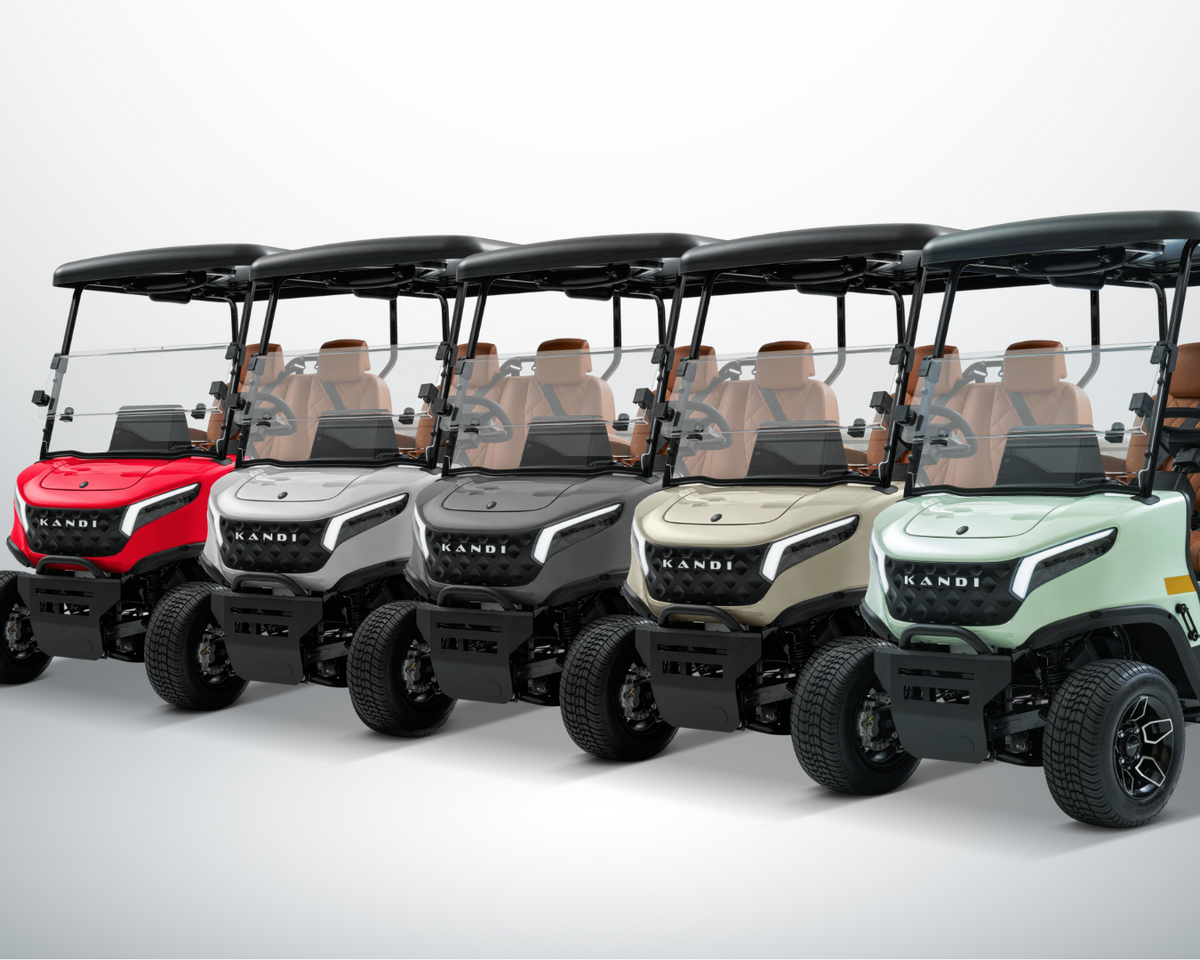
The off-road vehicle market as a whole is showing a "cautious recovery" trend.
Industry data indicates that global off-road vehicle sales increased by 3.2% year-on-year in the third quarter of 2025, a significant slowdown from the 8.5% growth in the same period last year. The North American market even experienced a slight 0.7% decline. Consumer behavior has become more rational, no longer blindly chasing high-end and intelligent features but focusing more on product practicality and cost-effectiveness. This "on-demand consumption" mindset requires brands to move beyond "concept hype" and return to value fundamentals.
Emerging technological trends are pointing to new directions. The large-scale application of autonomous off-road vehicles in mining areas, the popularization of sodium-ion batteries in low-end models, and the penetration of battery swap models into the consumer market are reshaping the industry's competitive landscape.
Start Lithium Power data shows that the off-road vehicle battery swap market size increased by 40% year-on-year in the first half of 2025, becoming one of the few high-growth segments.
These changes indicate that technological innovation and supply chain integration are becoming core competitiveness in the off-road vehicle industry. For mature companies, Polaris needs to accelerate its electrification transformation, combining its high-performance genes with new energy technologies to expand industrial and commercial applications. Honda should clarify the strategic positioning of its off-road vehicle business, leveraging its global supply chain advantages to mitigate tariff impacts while deepening product differentiation. Kandi Technologies needs to use battery swap cooperation as a pivot, establishing a synergistic ecosystem of "off-road vehicles + battery swap equipment" and expanding into overseas emerging markets.
As Goldman Sachs analysts noted in their industry report, "The cooling of capital is not the end but the beginning of an industry shakeout. Only companies with true technological barriers and business model innovations can emerge victorious in the long-term competition." For investors, abandoning short-term theme hype and focusing on core profitability and technological iteration capabilities of companies are key to navigating industry cycles.

